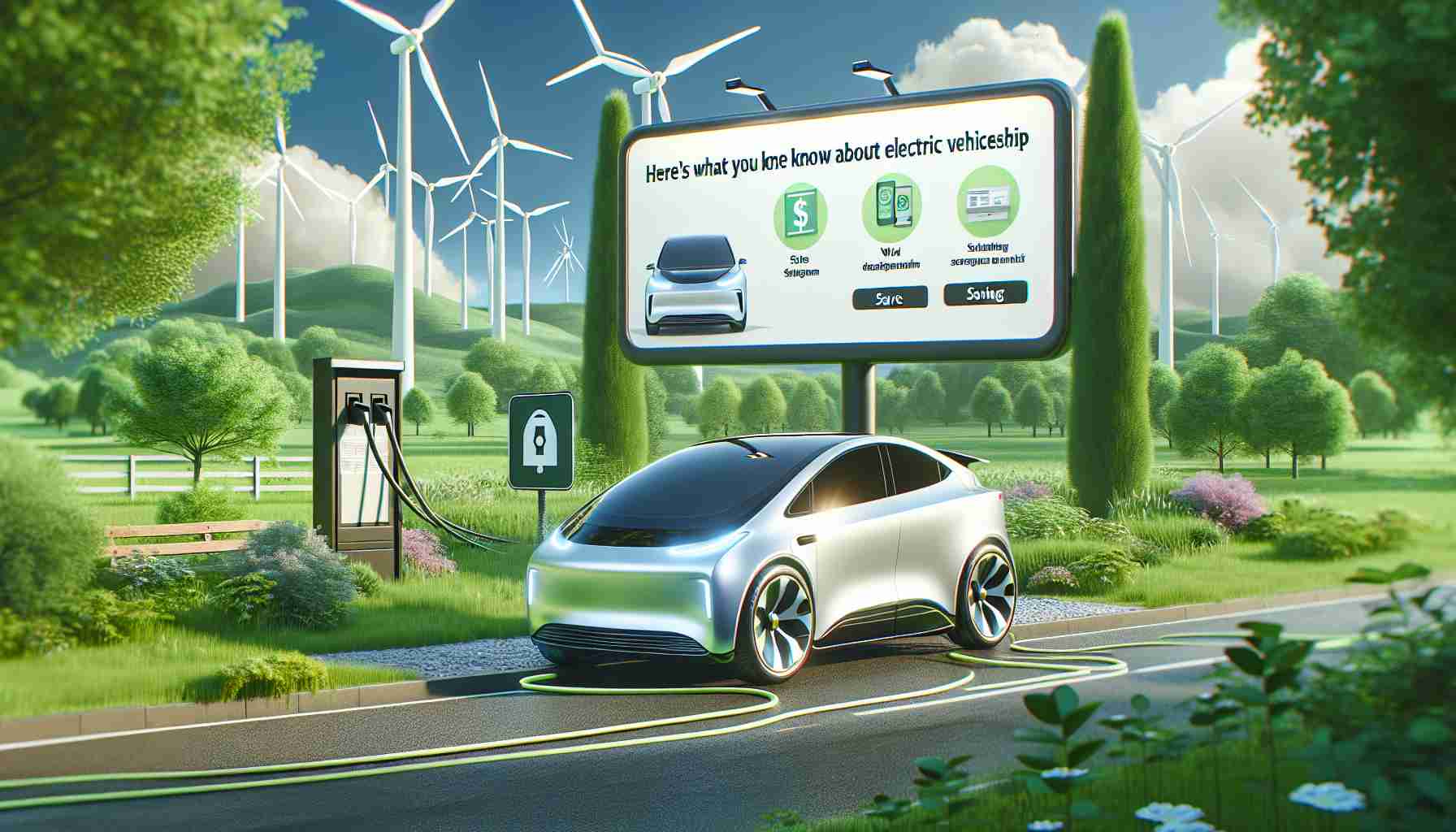When considering a switch to a Tesla, the potential savings can be substantial. Fully electric vehicles (EVs) like Tesla not only benefit the environment but can also lighten the financial load on your wallet.
Upfront Costs and Potential Savings
While Tesla models range in starting prices — with the Model 3 at $42,490, the Model Y at $44,990, and the Model X at $79,990 — the total cost of ownership often decreases over time. Many drivers report significant reductions in monthly expenses. For instance, an Arizona Tesla owner reveals spending approximately $150-$200 monthly on charging. Surprisingly, the most noticeable savings come from cheaper insurance premiums, which dropped from $278 to just $104 after switching to Tesla’s insurance policies.
The EV Experience
Another Tesla owner emphasizes that the transition wasn’t solely about saving money; it transformed his driving habits. He now enjoys his vehicle so much that he drives more frequently, estimating savings of around $200 on gas monthly.
Long-Term Benefits
Charging costs for EVs are quite economical, with estimates suggesting around $6 for a full charge based on current electricity prices. Moreover, EVs generally incur lower maintenance costs compared to traditional vehicles and are exempt from oil changes. Overall, owning a Tesla can lead to significant financial and lifestyle benefits, making them a compelling choice for prospective car buyers.
Broader Implications of Electric Vehicle Adoption
The shift towards electric vehicles (EVs), particularly models like Tesla, is not only a matter of personal finance but has profound societal and cultural implications. As EV adoption rises, public perception towards sustainability and renewable energy is evolving. This transition is subtly reshaping our collective consciousness, encouraging more environmentally conscious behaviors among consumers. Furthermore, it signals a burgeoning appreciation for technology-driven solutions to longstanding issues, such as climate change and urban air pollution.
From an economic perspective, the electric vehicle market is projected to reach $1.2 trillion by 2026, indicating a significant shift in consumer preferences as sustainability becomes a priority. Countries are increasingly investing in EV infrastructure, leading to job creation in manufacturing, technology, and renewable energy sectors. This means new opportunities not only for domestic markets but also globally, as manufacturers and suppliers evolve to meet the increasing demand for sustainable transportation.
However, the environmental effects cannot be overlooked. While EVs lead to reduced greenhouse gas emissions during operation, their entire lifecycle—from production to battery disposal—remains a crucial area of examination. Future trends may focus on advancements in battery recycling technologies and alternative energy sources to mitigate these impacts.
In summary, the transition to electric vehicles transcends mere individual savings. It touches on critical societal shifts, economic transformations, and significant environmental considerations that will define the coming decades. Embracing this change is essential for fostering a sustainable future, making it imperative for stakeholders to remain engaged and committed to responsible innovation.
Switching to Tesla: Discover the Financial and Lifestyle Benefits of Electric Vehicles
Introduction to Tesla Ownership
Transitioning to a Tesla electric vehicle (EV) could be one of the most financially savvy decisions you make. With everything from reduced maintenance costs to significant savings on fuel and insurance, your wallet could thank you. Here, we delve into the key aspects that make owning a Tesla an advantageous choice, providing insights into potential savings, charging affordability, and lifestyle improvements.
Pricing Overview and Long-Term Savings
Tesla’s lineup begins with popular options, including the Model 3 starting at $42,490, the Model Y at $44,990, and the Model X at $79,990. While these upfront costs may seem high, the long-term savings can outweigh initial expenditures.
– Charging Costs: Typical charging expenses average around $6 for a full charge, significantly less than the cost of gasoline for traditional cars. With most drivers commuting about 30 miles per day, many find themselves needing to charge only a few times a week.
– Insurance Discounts: Many Tesla owners experience substantial reductions in their insurance premiums after switching to Tesla’s insurance options. As noted, insurance costs can drop dramatically from $278 to $104 per month, representing an annual saving of over $2,000.
The EV Lifestyle Transformation
Owning a Tesla doesn’t just lighten the financial burden; it can enhance your driving experience. Tesla owners often report a shift in their driving habits:
– Increased Usage: The joy of driving a Tesla encourages some drivers to hit the road more often. This increased frequency can result in lower monthly gas expenses—up to $200 in savings, as evidenced by certain owners.
– Lower Maintenance: Tesla vehicles feature fewer moving parts compared to traditional combustion engine vehicles, translating to reduced maintenance costs over time. Owners enjoy peace of mind with no oil changes required and generally fewer repairs.
Sustainability and Environmental Impact
In addition to individual financial benefits, transitioning to a Tesla supports broader environmental goals:
– Reduced Carbon Footprint: Fully electric vehicles produce zero tailpipe emissions. This not only helps combat air pollution but also supports the transition to renewable energy sources as charging infrastructure evolves.
Security Aspects
Tesla invests heavily in security features, delivering peace of mind to owners:
– Advanced Security Systems: Tesla’s unique security architecture includes over-the-air software updates and a robust autopilot system that enhances driver safety. Additionally, features like Sentry Mode increase vehicle surveillance and deter theft.
Pros and Cons of Tesla Ownership
Pros:
– Significant savings on fuel and insurance.
– Lower maintenance and operational costs.
– Enhanced driving experience and comfort.
– Contributions to environmental sustainability.
– Top-tier safety and security features.
Cons:
– Higher upfront purchase costs compared to some traditional vehicles.
– Potential concerns over battery life and long-term range.
– Availability of charging infrastructure may vary by region.
Conclusion: The Future of Tesla Ownership
In summary, owning a Tesla can offer a unique mix of financial benefits, lifestyle changes, and environmental contributions. With ongoing innovations in EV technology, potential buyers can anticipate even greater efficiencies and cost savings in the future.
Explore more about owning a Tesla and the world of electric vehicles by visiting the official Tesla website for detailed specifications and further insights.













